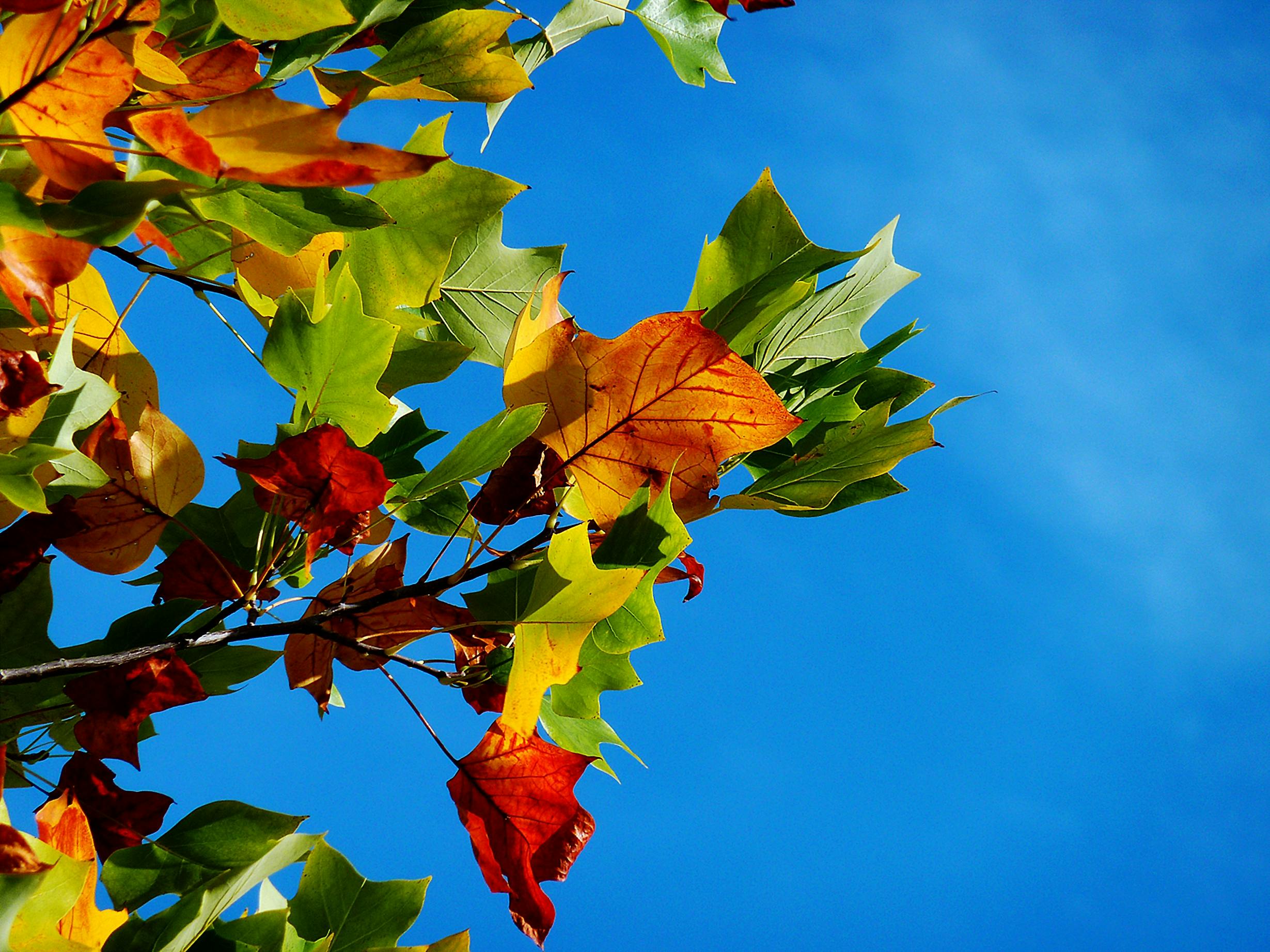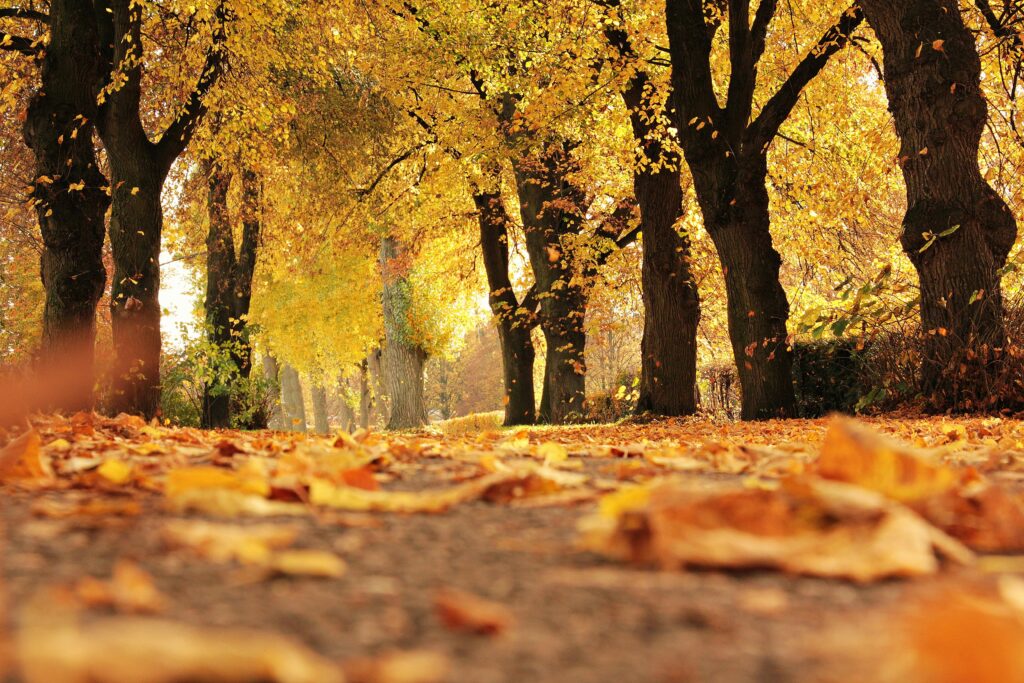
Imagine this: you step outside on a crisp autumn morning in Maryland, only to find your once-lush lawn buried under a colorful blanket of fallen leaves, twigs, and garden debris. Without a proper fall cleanup, your lawn risks damage and an uphill battle come spring. If you’ve ever wondered how to care for your yard as the seasons turn, then you’re in the right place. Today, I’ll share essential Maryland fall cleanup tips that will help you prepare your lawn for winter, ensuring it emerges healthy and vibrant when the warmer months return.
Fall cleanup is more than just raking leaves, it’s a critical step in lawn care that can significantly influence the health of your grass and garden through the harsh winter months. Many homeowners rush through this process or overlook it entirely, only to face dead patches, pest infestations, or fungal diseases when spring arrives. But with the right approach to fall cleanup, you can protect your Maryland lawn from these common pitfalls.
In this article, you’ll learn the best practices for a thorough fall cleanup tailored for Maryland’s unique climate. I’ll walk you through why clearing leaves and debris is vital, how to properly mow and aerate your lawn in autumn, and smart fertilizing tips that prepare your turf for dormancy. You’ll also discover how to handle garden beds and trees as they shed their leaves and enter a resting phase. The goal is to provide you with actionable advice that’s both practical and easy to implement, setting the stage for a thriving lawn next spring.
Fall cleanup doesn’t just keep your yard looking tidy, it’s an investment in your property’s long-term health and curb appeal. As you follow these Maryland-specific tips, you’ll cultivate a resilient lawn that weathers winter’s chill with ease. So, grab your rake and gloves, and let’s dive into the essentials of fall cleanup that every homeowner in Maryland should know!
Why Fall Cleanup Is More Important Than You Think for Maryland Lawns
As the vibrant colors of autumn leaves begin to blanket Maryland’s neighborhoods, the need for thorough fall cleanup becomes increasingly clear. Fall cleanup is the essential process of preparing your lawn and garden for the harsh winter months ahead. It involves removing debris such as fallen leaves, dead plants, and weeds, as well as tasks like raking, mowing, and aerating the soil. But why is fall cleanup so crucial, especially in Maryland’s unique climate? Let’s dive into the context and undeniable benefits of fall cleanup and how it can transform your lawn’s health year after year.
At its core, fall cleanup serves as the final step in the growing season , a way to tidy up and protect your outdoor space before winter sets in. Maryland’s transition from warm summers to cold winters means your lawn faces a significant shift in conditions. Without proper cleanup, a thick layer of leaves can suffocate grass beneath, trapping moisture and encouraging fungal diseases that could damage your lawn irreversibly. According to the University of Maryland Extension, neglecting fall lawn care, including cleanup, can lead to a higher risk of lawn diseases like snow mold and root rot, leading to costly repairs or reseeding in spring.
Statistics support the tangible benefits of fall cleanup. Homeowners who consistently perform thorough fall maintenance report up to a 30% increase in turf density and a stronger, greener lawn come springtime. This improvement not only boosts curb appeal but also enhances soil health by allowing essential nutrients and sunlight to penetrate. Proper debris removal reduces pests’ hiding places, helping manage invasive insects that thrive in leaf litter.
Consider the story of Sarah, a Maryland homeowner who used to overlook fall cleanup entirely, thinking it was a minor chore. One winter, she noticed her beautiful lawn turning patchy and yellow by early spring. After consulting with local lawn care experts, Sarah adopted a comprehensive fall cleanup routine, raking leaves weekly, trimming dead branches, and aerating her soil in late October. The following spring, her lawn was noticeably thicker, richer in color, and healthier overall, impressing her neighbors and saving her money on lawn repairs.
Moreover, fall cleanup aligns perfectly with Maryland’s fluctuating weather patterns. The state experiences early frosts and wet autumns that can promote mold growth and turf diseases if the lawn is left unkempt. By performing a diligent cleanup, you reduce the risk of over-saturation and fungal problems, thereby safeguarding your grass during the dormant winter phase.
In conclusion, fall cleanup is far more than a simple tidying task, it is a powerful investment in your lawn’s longevity and vibrance. For Maryland residents, embracing a fall cleanup routine is stepping into a proactive role, ensuring that when spring arrives, their lawns emerge rejuvenated, resilient, and ready for a flourishing season ahead. As the adage goes, “An ounce of prevention is worth a pound of cure,” and fall cleanup embodies this wisdom by setting the foundation for a healthy, thriving lawn year after year.
Tips for an Effective Maryland Fall Cleanup: Prepare Your Lawn for Winter
✅ Rake Leaves Regularly: Don’t let leaves pile up; a thick layer can smother grass and lead to mold growth.
✅ Mow Your Lawn a Final Time: Set your mower blade a bit lower than usual to remove extra foliage and prepare the grass for dormancy.
✅ Aerate the Soil: Aeration relieves soil compaction and improves nutrient and water absorption before winter.
✅ Fertilize with a Winter-Ready Formula: Use a fertilizer high in potassium to strengthen roots and enhance cold tolerance.
✅ Clear Debris and Dead Plants: Remove twigs, branches, and dead plants to prevent pests and diseases from overwintering.
✅ Overseed Bare Spots: Fill in thin or bare areas with cool-season grass seed suited for Maryland’s climate to promote spring growth.
✅ Clean and Store Lawn Equipment: Properly clean mowers, trimmers, and tools to avoid rust and damage during the off-season.
✅ Check Gutters and Drainage: Ensure gutters are clear and water drains away from your lawn to prevent ice damage and soil erosion.
💡 Extra Tip: Consider planting cover crops in garden beds to enrich soil and control weeds during the winter months.

Key Concepts
When we talk about fall cleanup, especially in the context of preparing a Maryland lawn for the impending winter, we’re stepping into a geologic rhythm where nature’s cycles dictate the health and vitality of your outdoor space. Think of fall cleanup not just as a chore but as a vital rite of passage, a transformative phase where the lush life of summer gradually fades, paving the way for rest and renewal. Falling leaves, wilting plants, and cooling temperatures form a narrative: the lawn’s way of retreating, conserving energy, and reorganizing for seasons ahead.
At its core, fall cleanup serves as the essential bridge between the active growing season and the dormancy of winter. Much like a company’s end-of-year financial audit, it’s a process of evaluation, correction, and preparation. You clear debris, yet what you’re truly doing is removing the barriers to healthy airflow and sunlight penetration. Leaves and dead grass, if left unaddressed, become a suffocating blanket over your soil, much like how clutter can weigh down a creative mind. This blockage can foster mold, pests, and fungal diseases, setting up your lawn for an unhealthy winter and a sluggish spring revival.
Understanding the role of fall cleanup requires viewing your lawn as a delicate ecosystem, a complex interplay between soil, microorganisms, plants, and climate conditions. The fallen leaves and organic matter, when composed properly, are akin to turning compost in a chef’s kitchen, transforming waste into nourishment. But if they remain as a dense mat without management, they turn into a toxic stew where bacteria and fungi proliferate unchecked.
Diverse weather patterns in Maryland mean that fall cleanup is not a one-dimensional task but a carefully timed strategy. The gradual temperature drop influences when to rake, prune, and aerate. The metaphor here is much like tuning a musical instrument before a concert: mistimed adjustments can produce discord rather than harmony. For the lawn, harmonious preparation improves root respiration and nutrient uptake during colder months.
The soil beneath the lawn carries the heart of this seasonal transformation. Healthy soil in fall is like a well-prepped stage ready to receive the performers of spring. The nutrients locked within the organic debris are vital in replenishing the ground. Neglecting fall cleanup means losing an opportunity to recycle these materials naturally, which can lead to nutrient depletion and soil compaction resembling a stage crowded with props , hindering movement and performance.
In essence, fall cleanup is a fundamental part of lawn stewardship, one that demands respect for the cycles of nature and patience for subtle processes. By embracing this task as an act of nurturing, rather than a mere chore, you align your actions with the larger story of growth, rest, and resurgence. Your Maryland lawn, much like an orchestra preparing for a symphony, benefits from a deliberate, caring approach in fall that ensures its vibrant return with the arrival of warmer days.
Frequently Asked Questions about Fall Cleanup: Maryland Fall Cleanup Tips to Prepare Your Lawn for Winter
❓ What is fall cleanup and why is it important in Maryland?
Fall cleanup involves removing leaves, debris, and dead plant material from your lawn and garden before winter. In Maryland, this helps prevent mold, pests, and diseases, and ensures your lawn stays healthy and ready to grow in spring.
❓ When is the best time to start fall cleanup in Maryland?
The ideal time for fall cleanup in Maryland is typically late October to early November, after most leaves have fallen but before the first hard frost. This timing allows you to clear debris without damaging still-active grass.
❓ What tools do I need for an effective fall cleanup?
Essential tools include a rake or leaf blower for clearing leaves, garden gloves, pruning shears for trimming dead branches, and a lawn mower with a bagging attachment to collect grass clippings and leaves efficiently.
❓ Should I leave some leaves on the lawn to protect it over winter?
A thin layer of shredded leaves can act as natural mulch, protecting grass roots from harsh winter conditions. However, thick layers should be removed during fall cleanup to prevent suffocating your lawn and encouraging disease.
❓ Can fall cleanup improve lawn health for the next spring in Maryland?
Absolutely! Proper fall cleanup removes thatch and debris, reduces pests, and prepares your lawn for fertilization and aeration, leading to a greener, healthier lawn when spring arrives in Maryland.
